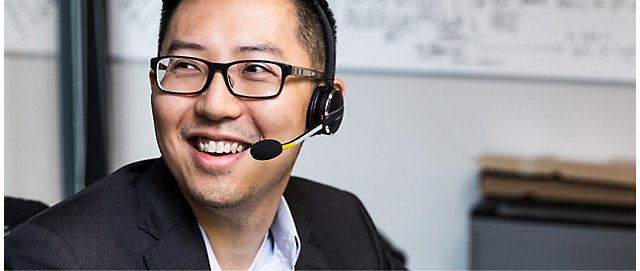Japanese high schools are shifting their approach in English language education from input to output. However, teachers don’t have the time to correct the written work of students. When ChatGPT appeared in 2022, it provided a potential solution, and with the advent of GPT-4 in 2023, it reached a sufficient level of accuracy.
Nagase Brothers needed to deliver stable and fast response for 100,000 simultaneous users when creating English Writing Bootcamp. Adopting Azure OpenAI Service as generative AI solved the challenge. Combining Azure OpenAI Service across 10 regions around the world balances loads and delivers snappy 20-second correction times at peak usage.
In addition to speedy corrections, students are praising the content of corrections, which are based on Nagase Brothers’ many years of accumulated expertise, and the clean and intuitive interface. Questionnaires sent from the trial stage show that 90% of respondents want to continue using the system.













Microsoft をフォロー